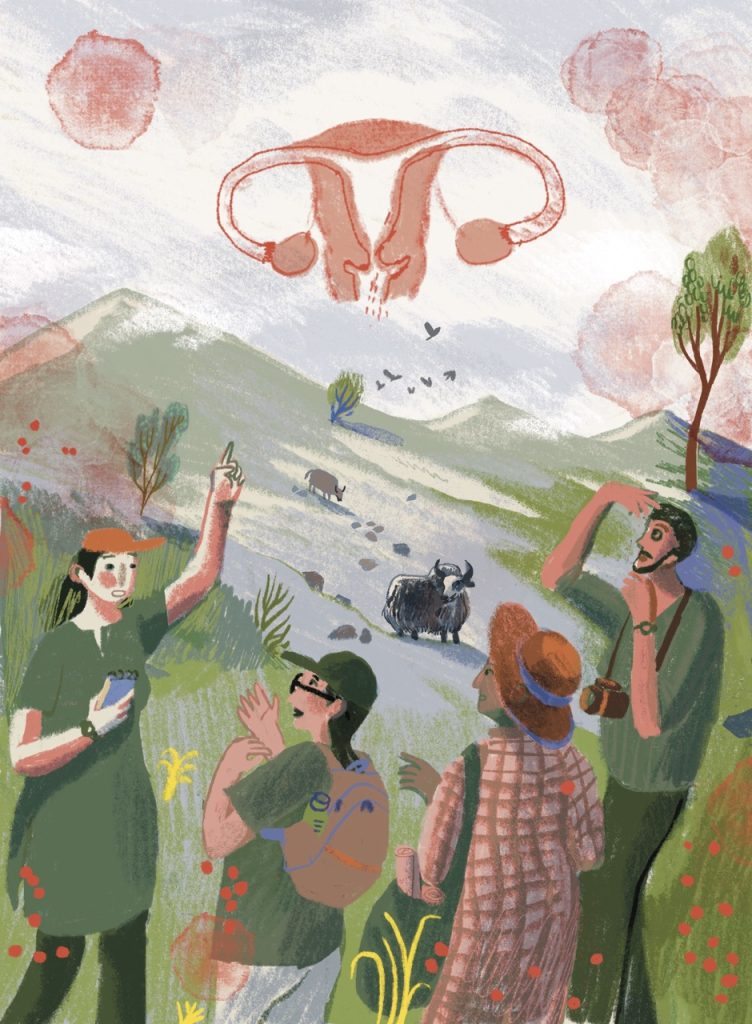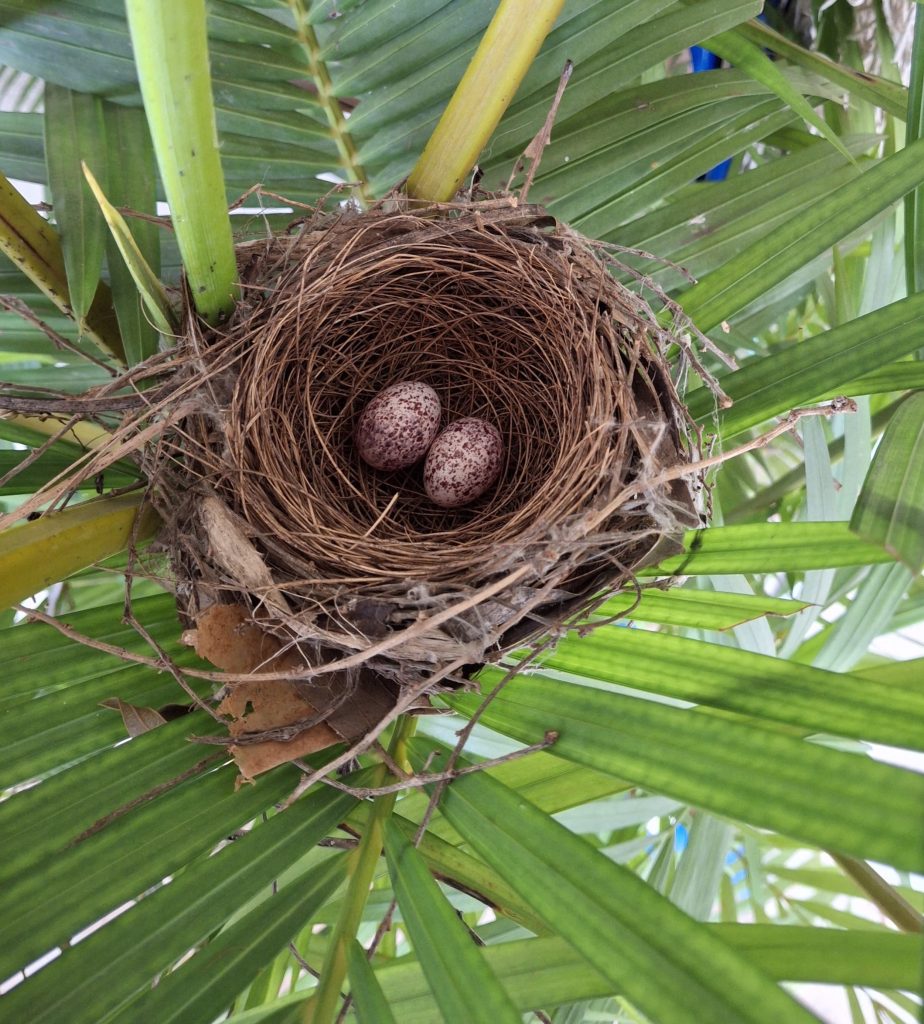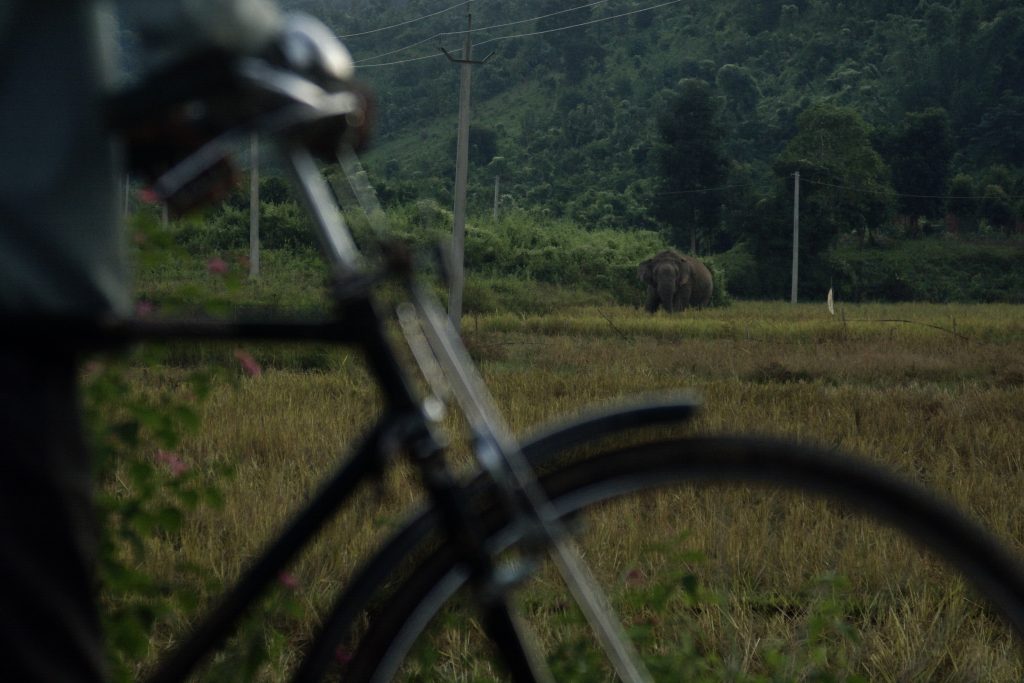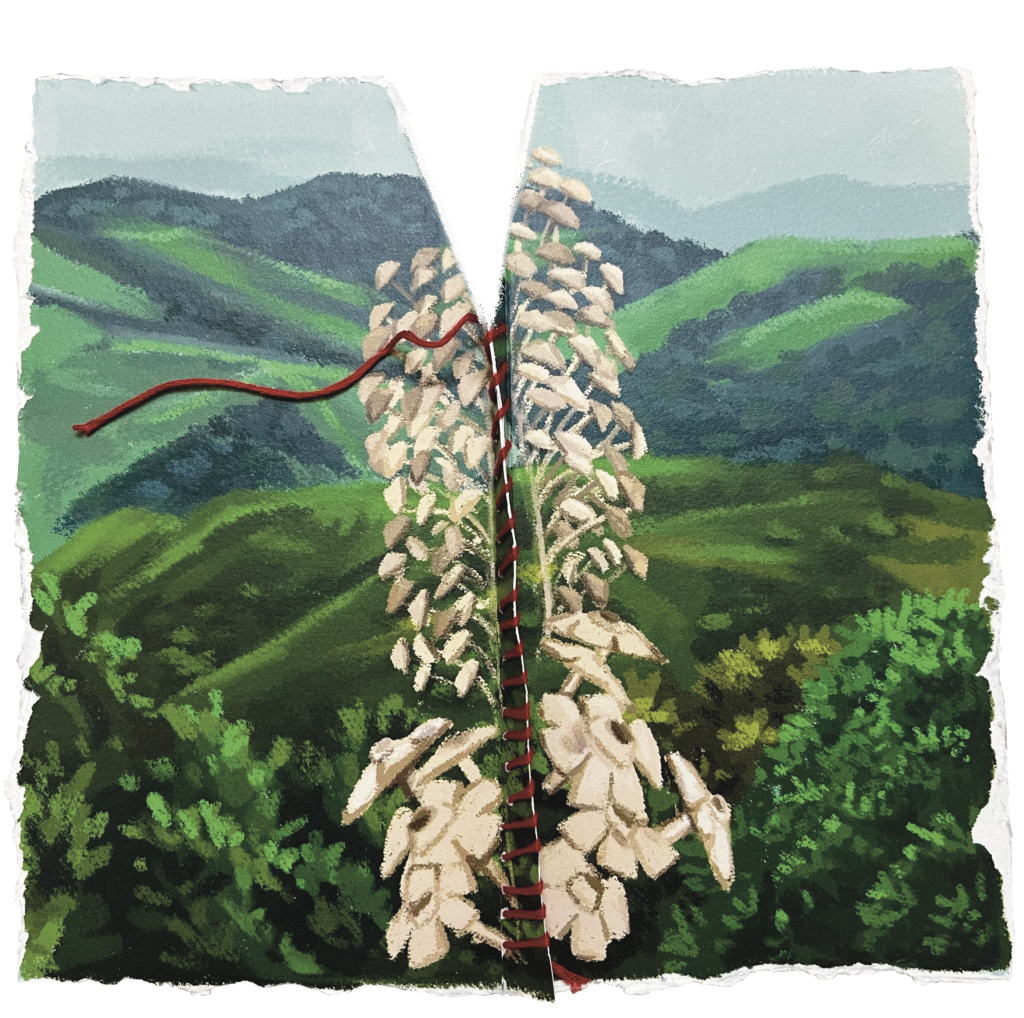Reflections from surveys for endangered trees in the Anamalai Hills of the Western Ghats
The air hung heavy with the scent of nectar, and the pools in the streams glittered green and pink with fallen Dipterocarpus bourdillonii flowers. The emergent trees from which the flowers had fallen rose in regal elegance above the canopy. The previous year, in late January 2021, a team of researchers from the Nature Conservation Foundation and the Wildlife Institute of India had found a small cluster of these trees here, along the bend of the Parayankadavu River in the Anamalai Tiger Reserve. It was an exciting find because this critically endangered tree species, endemic to the Western Ghats mountains in India, had not been recorded in this area.
Now, we were back in the valley of riverine lowland montane rainforests to survey the area for more individuals and to document their altitudinal range, abundance, and other trees associated with the species.

Staring into the domed crown dancing with peppered sunlight and rustling against the clouds, I pictured the land—located in the southern Western Ghats, within the Anamalai hill range—from up above, looking out from the 52 m crest of the giant. All around was a landscape with an astonishing diversity of more than 7,400 flowering plant species, distributed over a vast range of altitudinal and geographic zones. Looking to the horizon, the forests become an intricate symphony, carpeting and moulding the valleys and crests, which stood silhouetted against the expansive blue of the sky. The reverie was broken by a swirling, pirouetting flower drifting down from the canopy, which served as a reminder of the several unexplored kilometres that lay ahead.
The systematic survey for endangered trees had been underway over the past two years to understand the distribution and conservation status of ten endangered tree species within the Anamalais landscape. After the discovery of the Dipterocarpus bourdillonii cluster, the survey expanded to focus on 11 species. The surveys along 63 forest trails, each several kilometres long, were distributed across rainforest remnants on the Valparai Plateau and the adjoining Anamalai Tiger Reserve. A survey of this scale and resolution had not been undertaken since C. E. C. Fischers’s ‘Flora of the Anaimalai Hills’, followed by his work with J. S. Gamble in the ‘Flora of the Madras Presidency’, both published more than a century earlier.
More than a century of human intervention, the limited geographic scope of prior surveys, and climate change have made the data from our survey crucial to the current context. By systematically measuring the girth, height, and geolocation of every individual of our 11 endangered tree species, and laying plots to record associated trees and regeneration, we were able to gather more information on the conservation status of these species.
Ecological information that we collected suggested that patterns of endangerment varied across species. For instance, the endemic and critically endangered tree Phyllanthus anamalayanus was previously thought to be restricted to a small cluster of less than a hundred individuals spread over a couple of hectares of forest near the Iyerpadi region of the Valparai Plateau. In our surveys, we found the trees in high abundance along river systems in the mid to lower elevation of the landscape. Another species, Palaquium ravii (whose seeds germinate well in nurseries) was found as a cluster of 30-odd individuals in the forests of the Manamboli region, but was extremely scarce or absent elsewhere.
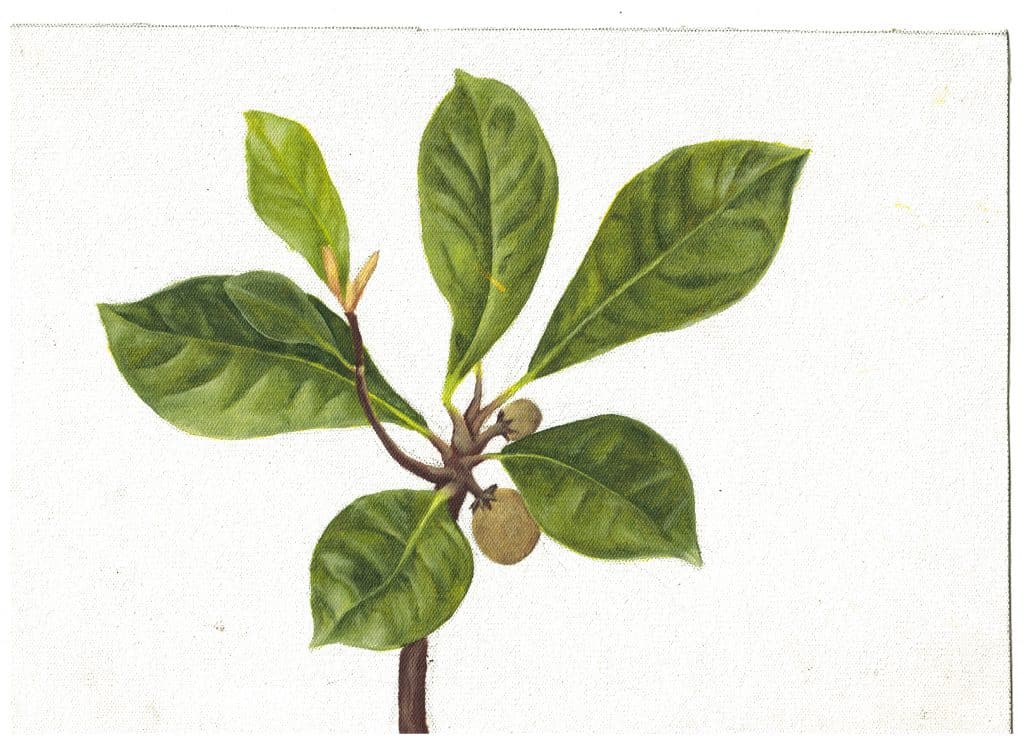
What makes certain trees extremely rare both in distribution and in abundance, while other endangered trees are locally expansive in range and numbers?
Why do some endangered trees occur in high densities in specific valleys but are absent elsewhere? In every new range we explored and documented, in every cluster that we found, was a distinct reminder that there was much to learn about endangered species in the landscape.
A major hindrance to understanding the ecology of endangered trees within forests today is the significant historical influence of anthropogenic destruction and pressures. Extensive logging for timber, fuel or biochemical properties (sap) may have removed huge tracts of forests and large numbers of key dominant species of each forest type (e.g., Myristica dactyloides, Diospyros paniculata, Vateria indica).

Confounding these factors are the broad ecological parameters that seem to affect tree abundance and distribution in the Western Ghats, such as variations in rainfall, elevation, prevailing soil type, and latitude. These patterns relate to the high rates of endemism within the landscape and are, at times, significant enough to cause dramatic changes in tree composition between two adjoining valleys or neighbouring ranges. For example, the understorey tree Cryptocarya anamalayana, is only found below 1000 m elevation on the western slopes of the Anamalai plateau in select locations of high annual precipitation.
Our present-day understanding is thus situated at the crossroads where the knotted threads of history and land use change meet the ecological relationships and adaptations that have evolved over vast timescales, all set in a time of global climate change.

In a landscape that is threatened by fragmentation, deforestation, and extinction, the questions surrounding endangered trees, their distribution, association, abundance, and specific roles become that much more critical. What we gain from such knowledge can help in shaping future conservation and restoration efforts, built on an understanding of the composition, structure, diversity, and resilience of existing forests and their historic baselines.

